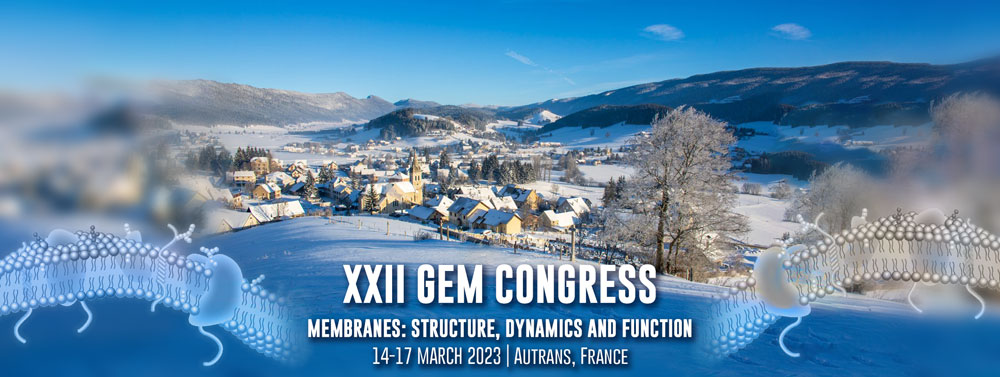Speaker
Description
Uriel López-Sánchez, Lachlan Munro, Anders S. Kristensen, Jacques Neyton, Guy Schoehn, Hugues Nury.
The serotonin 5-HT3 receptors are pentameric ligand-gated ion channels that play important roles in fast neurotransmission within the central and peripheral nervous systems. They are the targets of therapeutic compounds to treat chemotherapy-induced nausea, and also the targets of the multimodeal antidepressant Vortioxetine. Vortioxetine is an atypical ligand with both agonistic and antagonistic effect at human homomeric receptors while at rodent ones, not agonist response has been shown. The mouse and human 5-HT3A receptor subunits share 85% sequence identity. The differential activity of Vortioxetine those two receptors constitutes a pharmacological oddity. In this study we sought to better understand the molecular determinants for the intriguing properties of Vortioxetine at both mouse and human 5-HT3A receptors using structural and functional analysis.
We firstly determined the structure of vortioxetine in complex with the mouse homomeric 5-HT3A receptor (m5-HT3A) by Cryo-EM. A 3.1 Å resolution 3D reconstruction was obtained showing that the mouse receptor adopts an inhibited conformation, largely similar to the conformations previously determined in the presence of antagonist drugs fighting nausea and emesis. The drug is clearly seen at the five orthosteric sites located at clefts between subunits.
Furthermore, we expressed, purified and imaged the human homomeric 5-HT3A (h5-HT3A) receptors in the presence of vortioxetine. A 3D reconstruction was obtained at 3.8 Å resolution for the whole human receptor solubilized in detergent showing a very well resolved extracellular domain (ECD) but a distorted transmembrane domain (TMD). We replaced the detergent environment by a lipidic one seeking to restore the structure integrity. We obtained a 3.6 Å resolution reconstruction also featuring a distorted TMD, probably an indication of intrinsic fragility of the receptor.
We focused our comparative structural analysis at the level of the extracellular domain, where the drugs bind. Looking specifically at the subunit/subunit organization, we found that all antagonist-bound structures clustered with m5-HT3A receptors while all agonist-bound structures clustered with h5-HT3A receptors. The comparison of both human ECD structures with the mouse one supports the idea of vortioxetine stabilizing an agonist-bound like conformation at the human receptors. In addition, we have identified key amino acids that seems to play an important role in the differential activity of vortioxetine between rodent and human receptors.
| Session | Structural biology |
|---|

